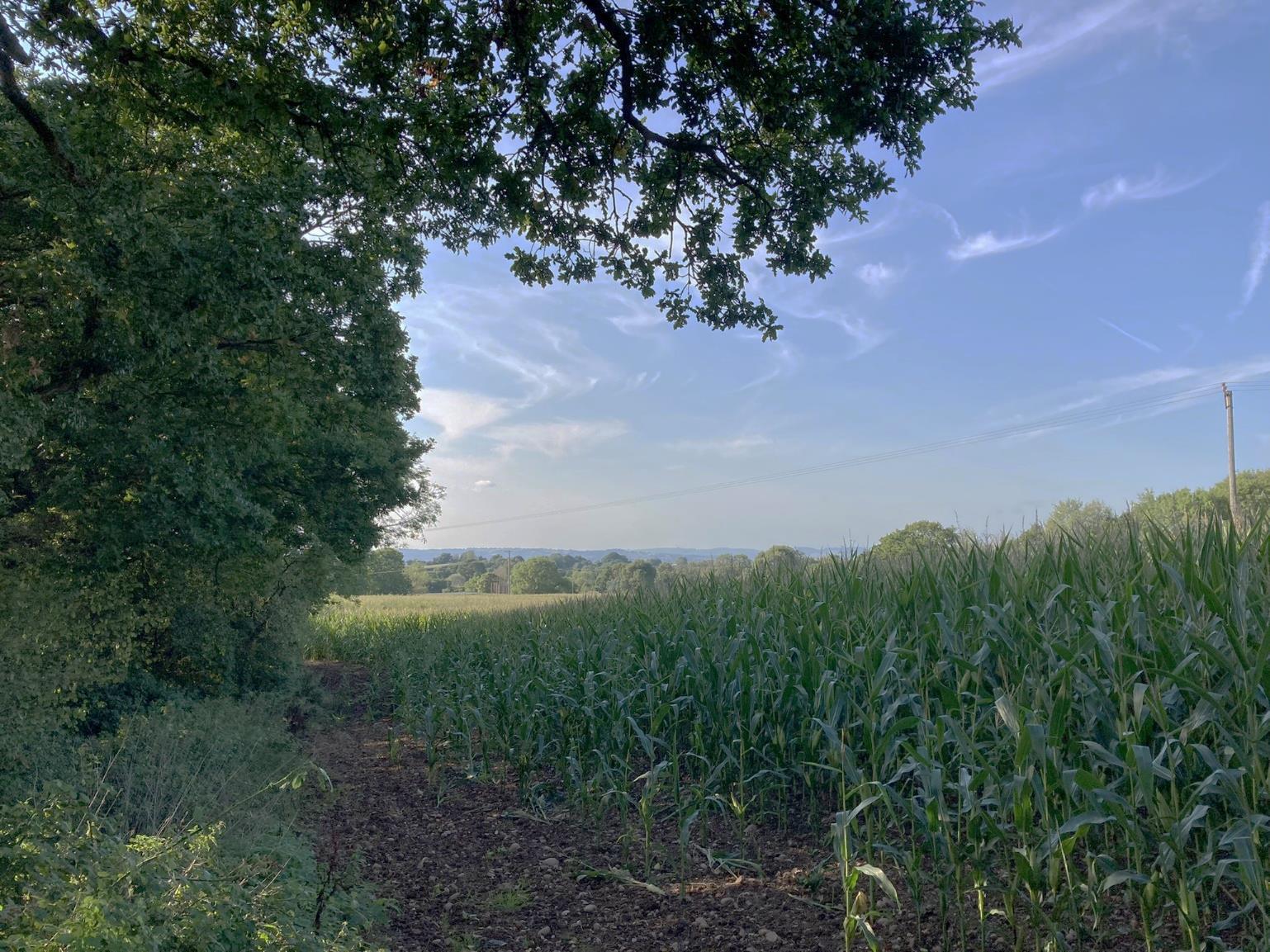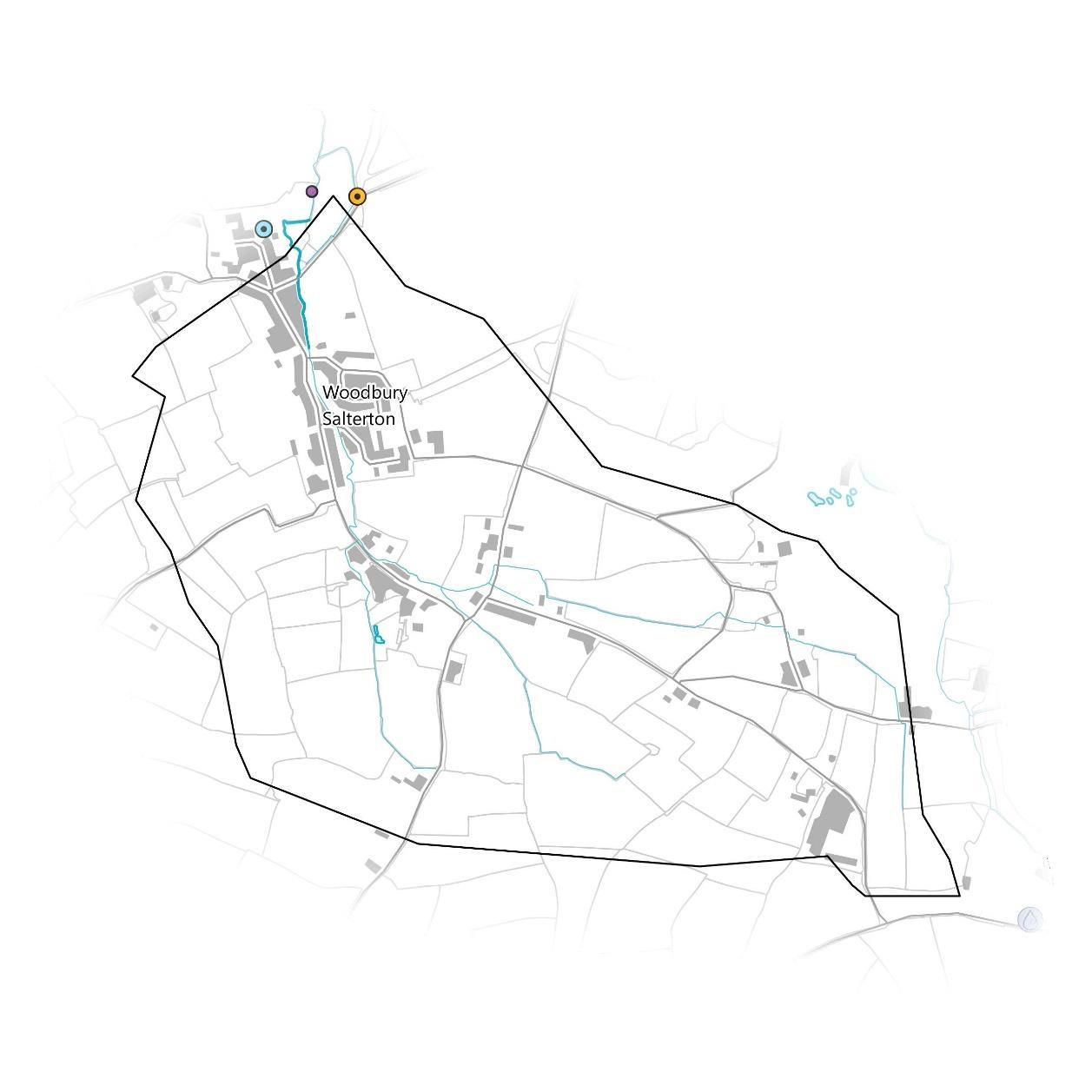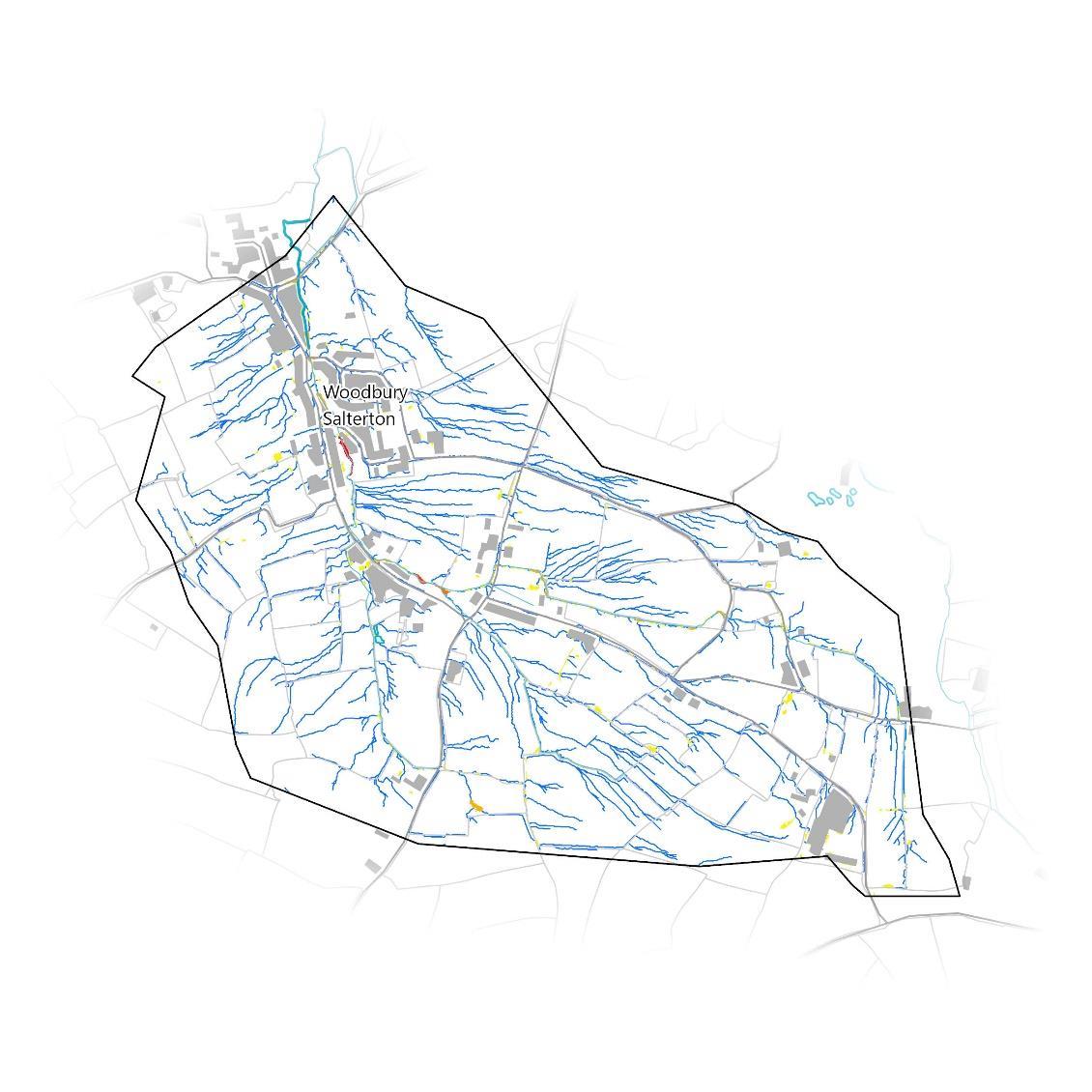
3 minute read
Issues
Multiple issues have already been mentioned and mapped that could be contributing to flood risk and WFD failures. However, there are further potential issues that may be influential which will be explored in the following pages.
Issues
Pollution and Abstraction
Pollution incidences themselves will directly affect water quality, but consented discharges into watercourses and chemical runoff from roads exacerbated by rainwater may also be sources of pollution. There have been no pollution incidences in the catchment itself, but there has been a Category 2 Significant water pollution incident in a Grindle Brook tributary in February 2016 just north of the catchment outlet. Another pollution incident occurred just to the west of this in June 2014, though this was considered Category 2 Significant to air and Category 4 (No Impact) to water. There is one source of consented discharge for South West Water (SWW) for sewage from a storm tank overflow into the Woodbury Salterton Stream, just outside the catchment boundary north of the catchment outlet. Licensed water abstraction points may serve as sources of risk to ground water quantity and availability. There is an abstraction point just outside of the catchment in the southeast for Castle Brake Holiday Park for general agricultural and commercial use.


Issues
Hydrological Connectivity
Surface flow pathways are the routes rainwater accumulates and follows when it lands to the nearest depression or watercourse. As it flows, surface water can pick up any number of chemicals, soil, and debris and carry them into the watercourse with it. This serves to demonstrate why community engagement and working with land owners is so important, as the effects of practices upstream in the catchment cascade down via these routes. Pathways have been modelled in 2 different ways here. The first are modelled using topographic data and software called SCIMAP (left). Only the routes with above average wetness are shown. The flat topography of floodplains can skew the modelling process and any pathways in these areas should be considered unreliable. The second method uses SCALGO Live (right). Flow routes with at least 1km2 upstream area are shown. Areas that would be flooded if 15cm of rain were to fall during a storm event are also mapped. Flooded areas are coloured by their water volume from light to dark.


Issues
Issues Identified During Walkover Surveys
During the walkover surveys, experienced surveyors at WRT recorded points of interest and concern, as well as potential natural flood management opportunities. The results are mapped (right) but it should be noted that the map is by no means exhaustive.


Some soil in the catchment may be compacted which can increase surface water run-off. This would need further investigation with a trial pit. This gradually sloping field has little vegetation cover and the lowest point is a gate leading out onto the road.
There is potential risk of rapid runoff down the road to the village from this location.

There is a lot of maize grown in this catchment which can present a higher risk of soil runoff and water quality degradation if the cropping timings are late, if the soils are compacted, and if the land is left without vegetation cover over winter. This map of issues was generated after one walkover survey, reflecting the situation at the time of survey. It is not exhaustive and doesn’t reflect all issues present in the catchment which will take much more effort to determine. A greater range of all the issues is present within the previous section. Any projects delivering in the catchment should undertake their own walkovers for confirmation and addition to the list.



